A glimpse of Bosnia-Herzegovina
We spend about 1 week in Bosnia-Herzegovina, cycling exciting routes and learning about the country and its people.
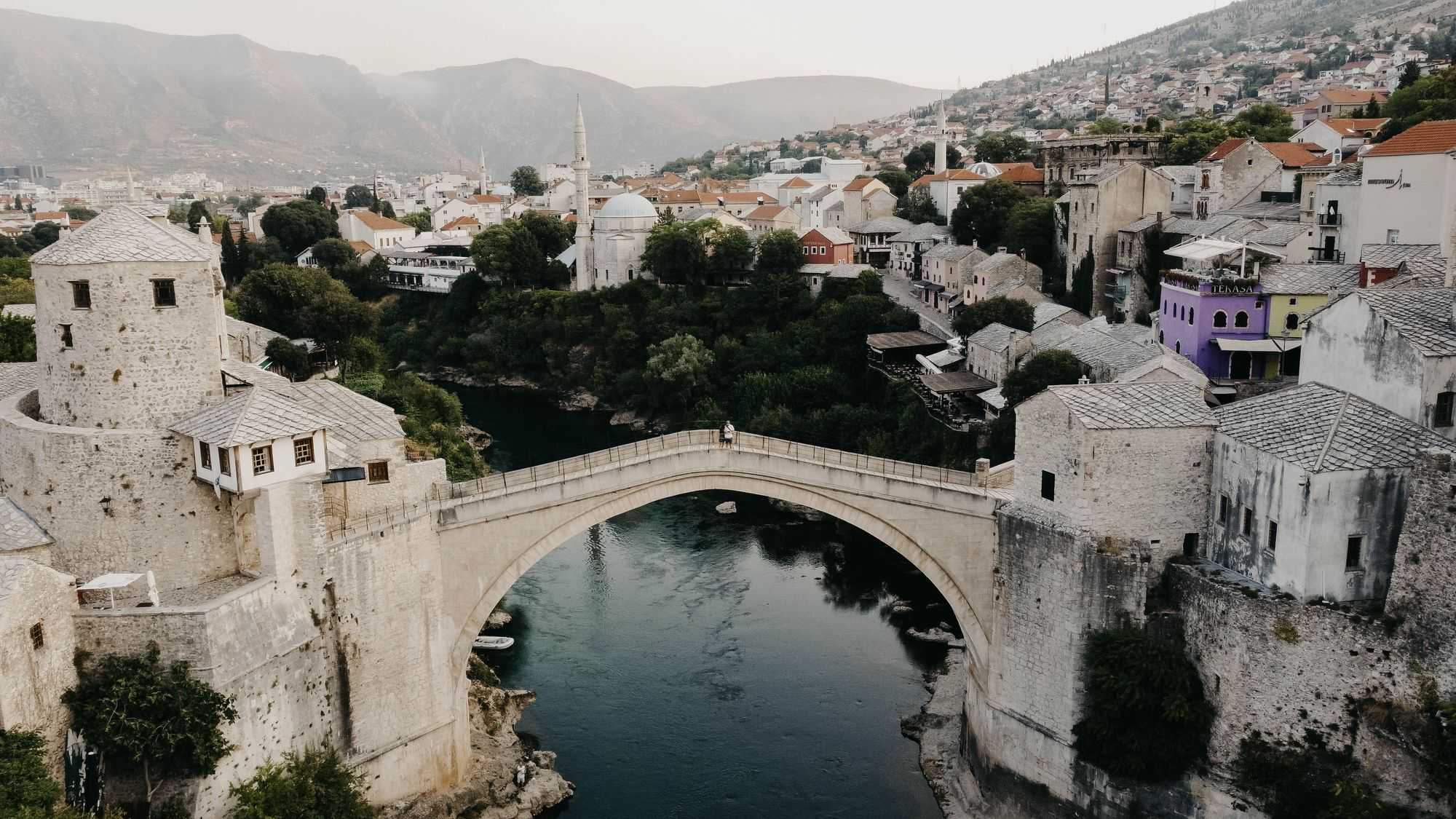
Arrival in Mostar. We had been talking about it for days. We had had Mostar on our radar ever since we planned the first rough route of our journey at home. And now we are here. The way here was a lot of up and down through the inland of Bosnia-Herzegovina, a very rural area.
We hadn't heard much of Mostar before, but we noticed that people of a slightly older age were very familiar with the city. During the war, the city was badly damaged and was therefore also in the media back home.
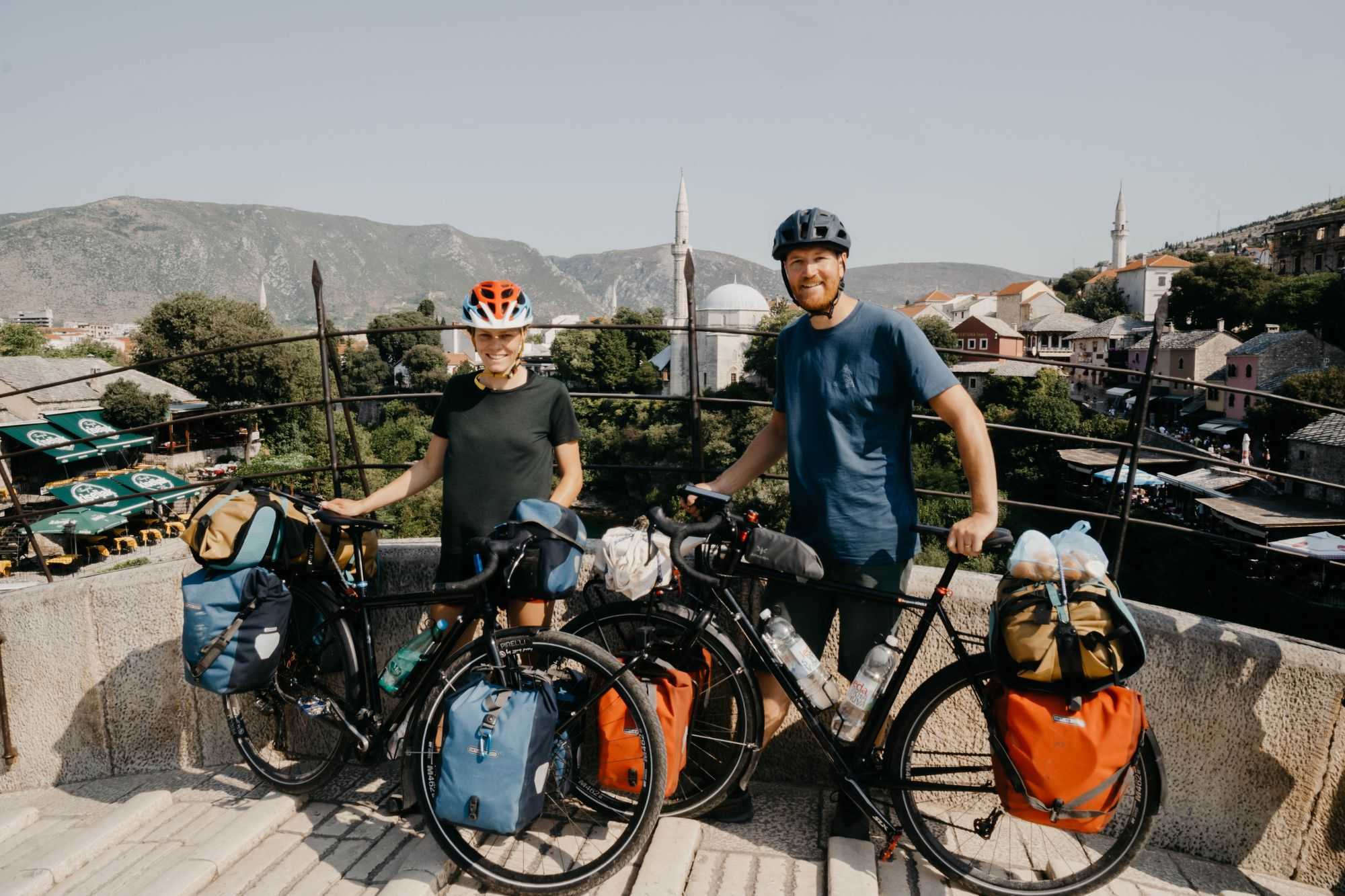
But let's start at the beginning: We reach Mostar early in the morning and ride/push our bikes through the middle of the old town and over the landmark, the new old bridge. We have the impression of having arrived in the middle of the tourist epicentre. The narrow streets of the old town are teeming with people and there is not much space on the famous bridge. Later however, we learn that at the moment there are only about 10% of the normal number of tourists because of Corona. Normally one has to queue at the restaurants in the evening. We always find a place without any problems. For the inhabitants who live from tourism, these are certainly not easy times. We can't imagine how full the city would be when it reaches 100% and are glad it's a bit quieter.
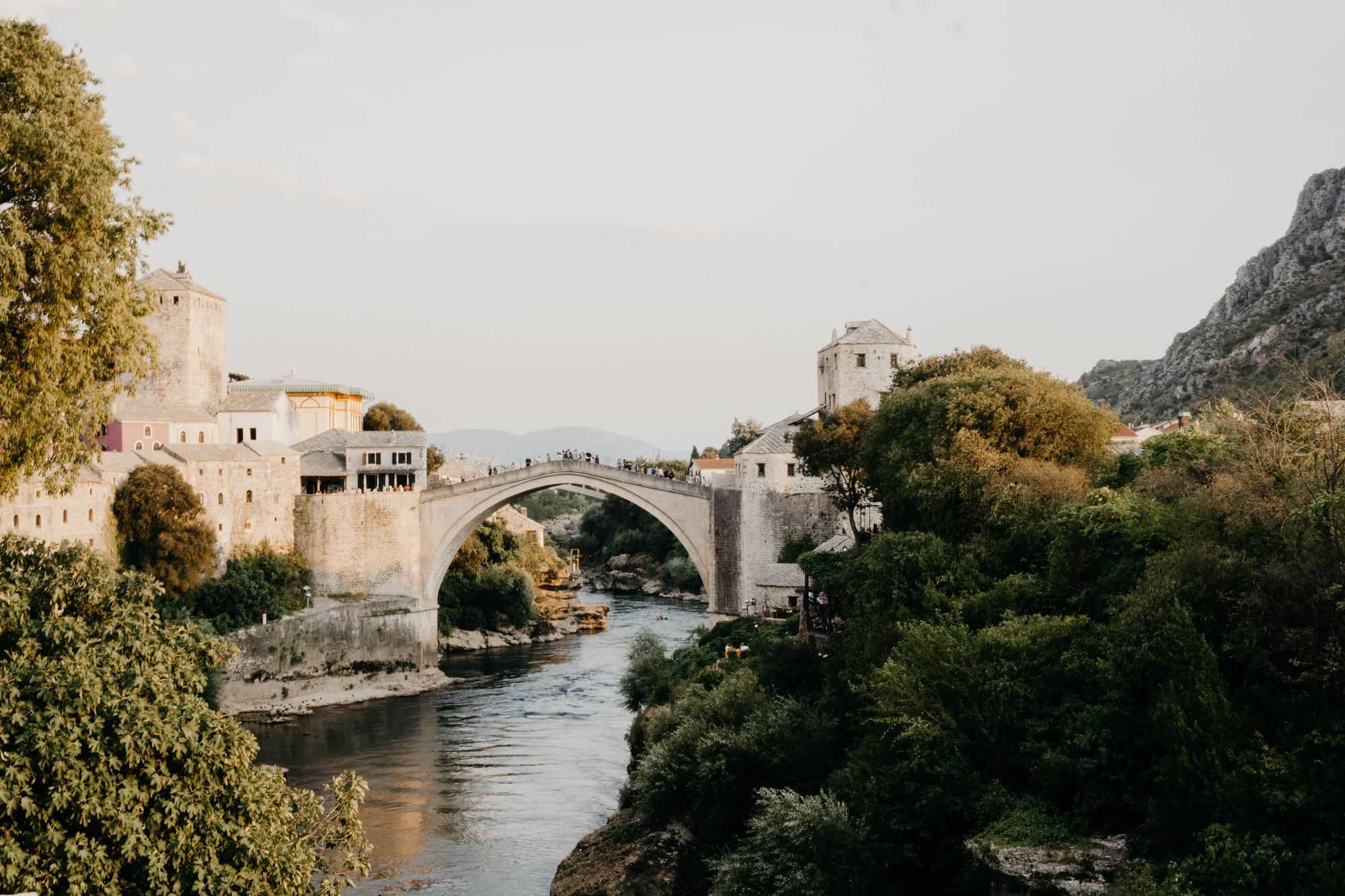
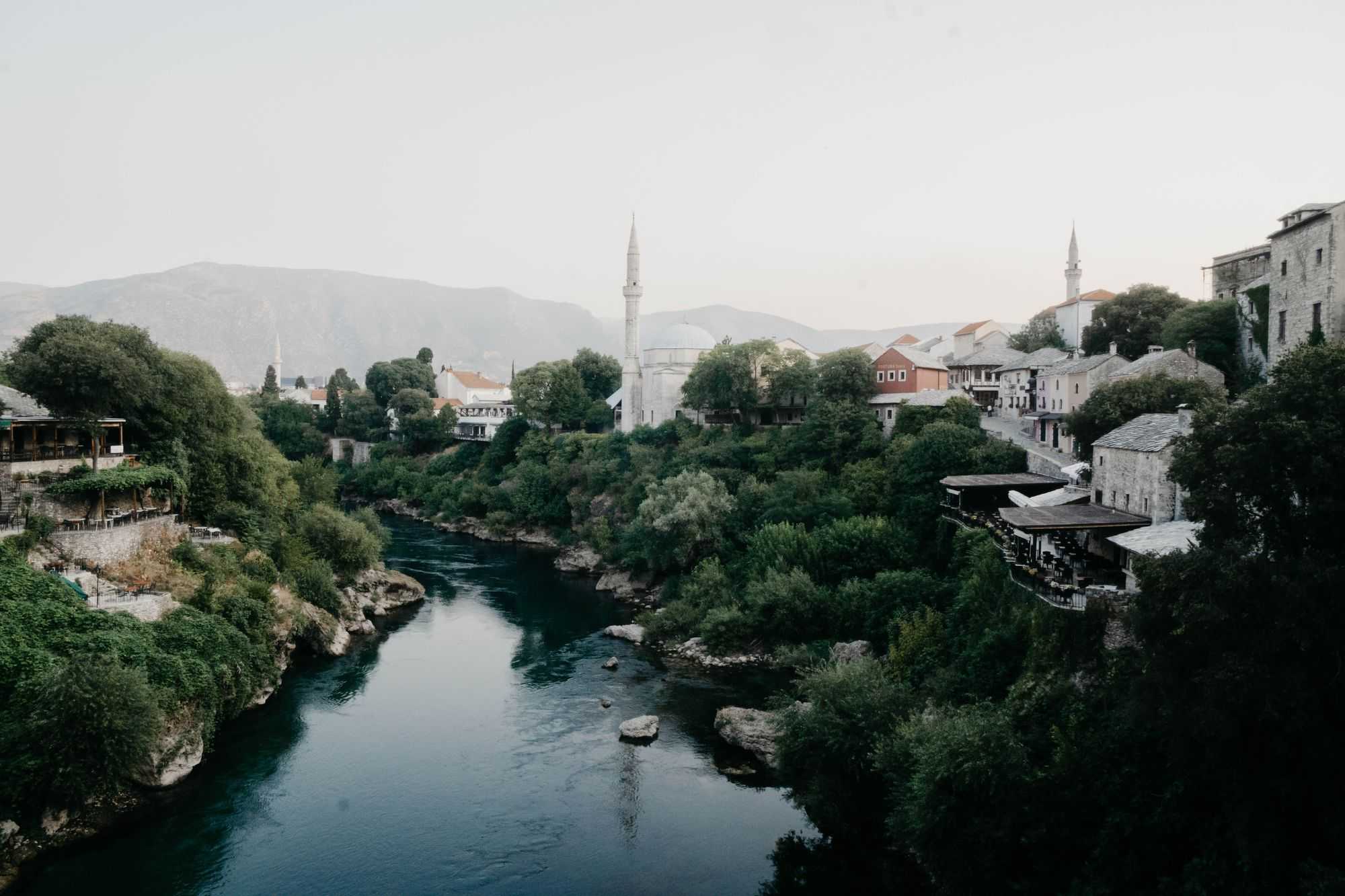
We spend two days in the city and treat ourselves to a hostel room with air conditioning. Mostar is one of the hottest European cities. We use the time to work through our to-do's, like washing clothes and sorting photos on the one hand and for sightseeing on the other. Narrow alleys full of souvenir shops and restaurants adorn the old town, the centre of which is the famous bridge. The old town was pretty much bombed out after the war and has been restored almost exactly the way it was before, so it has retained its charm. But the traces of the war are still visible. We learn a lot about the politics and history of this country and former Yugoslavia in general. Bosnia, for example, has 3 presidents, each representing a different ethnic group. We witness a romantic marriage proposal, meet a former employee of Beni by chance and eat gelato every day. What a good way to live.
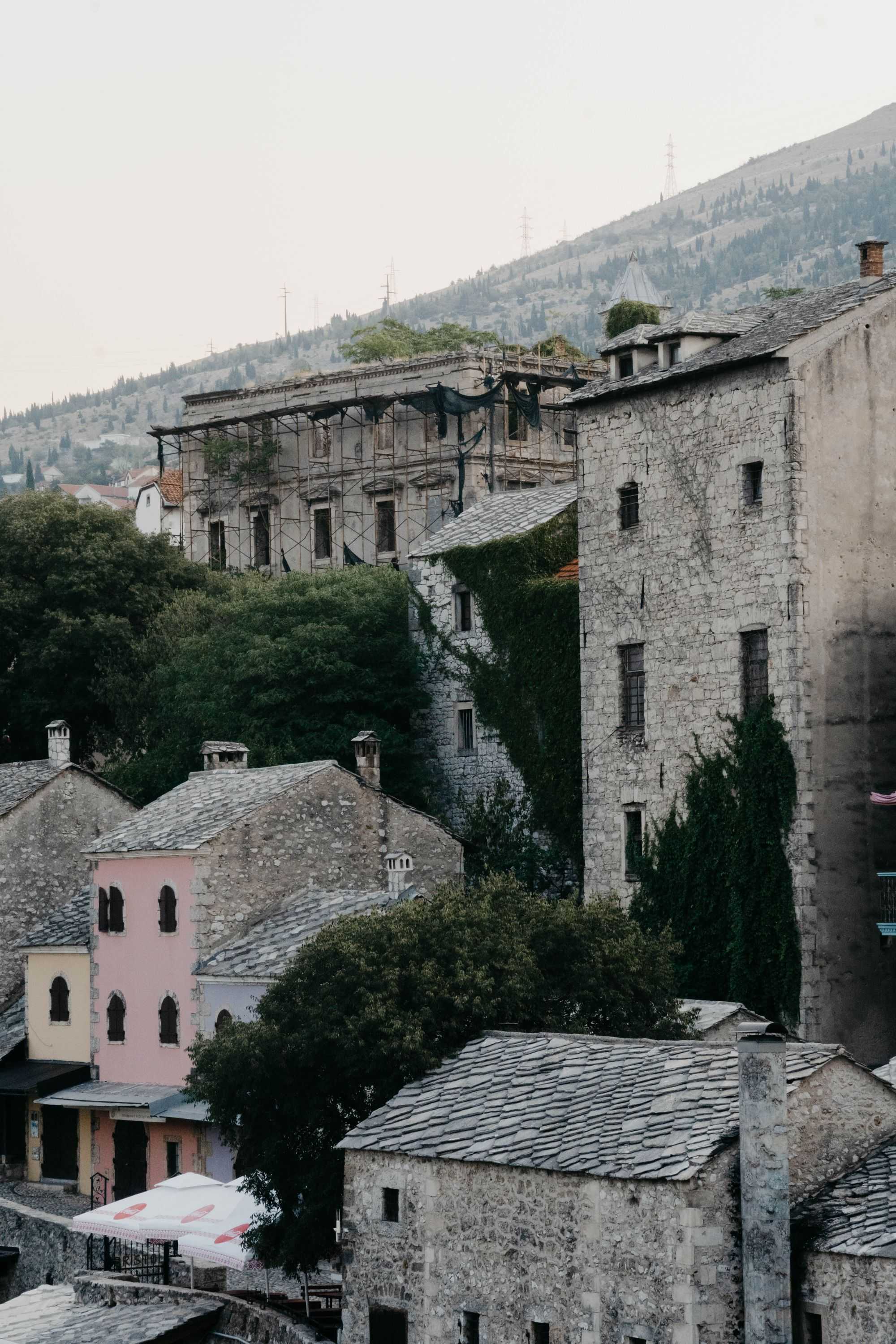
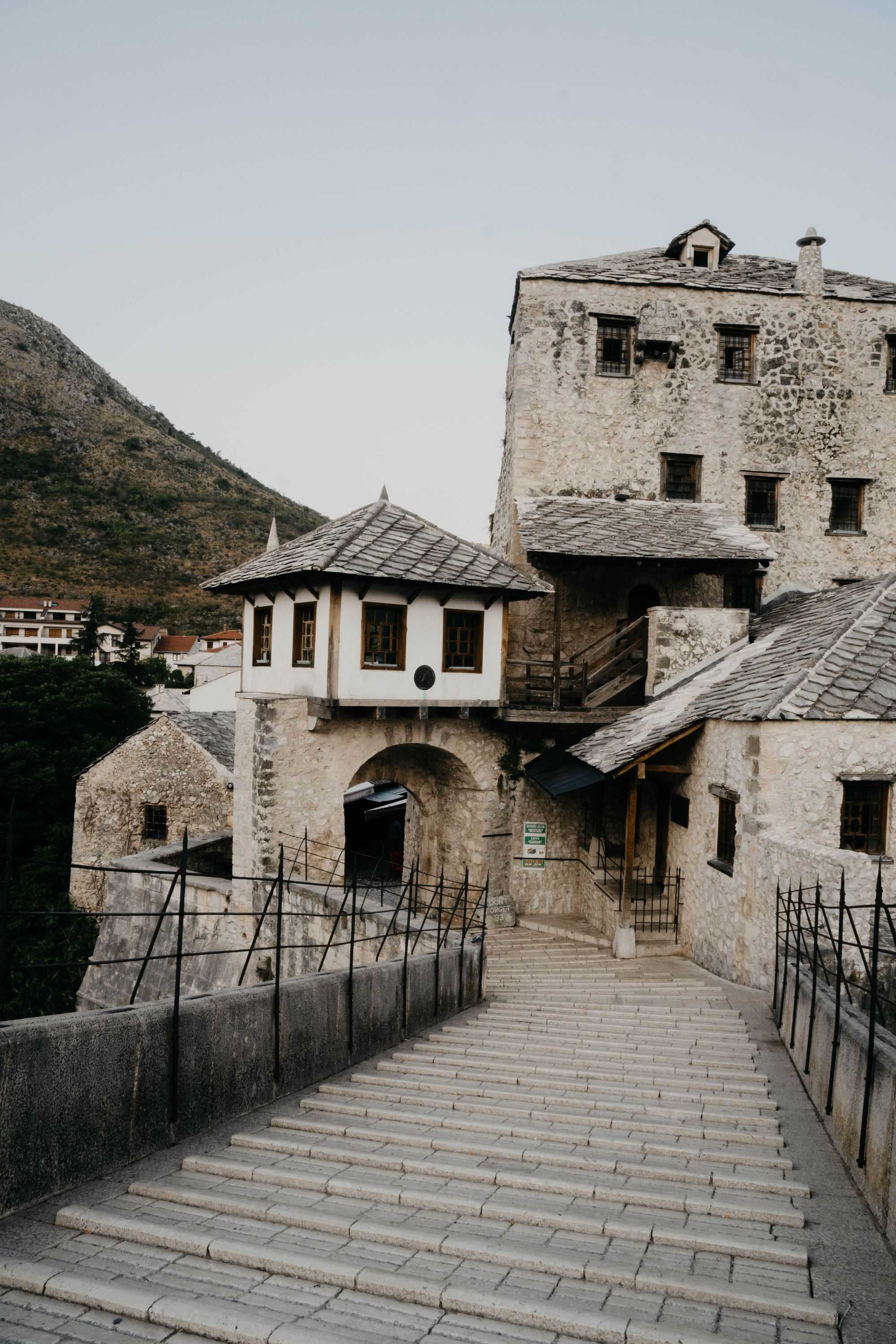
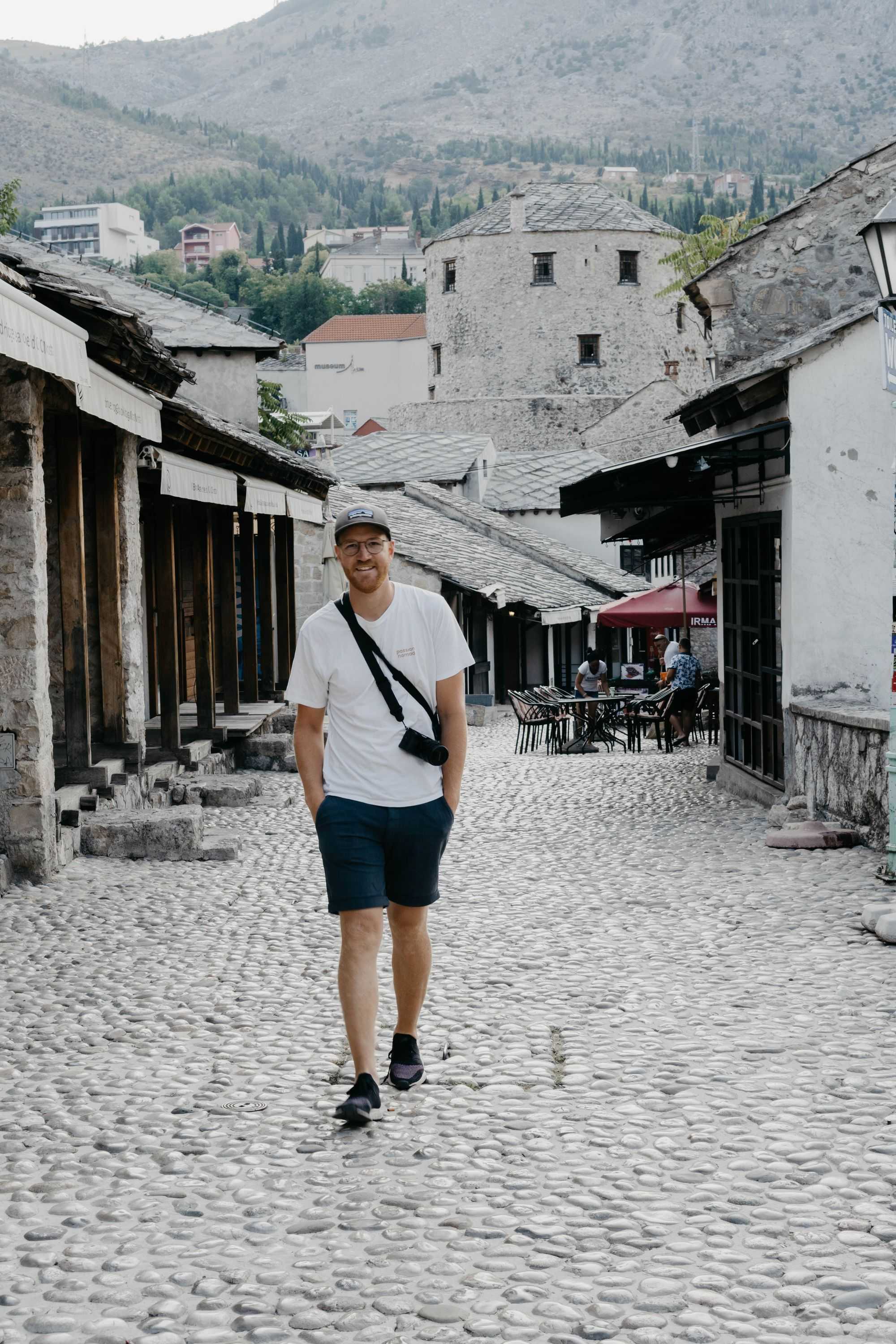
After the city days we look forward to our bikes again. They are ready to go and we set off. It's back to the sea and the route sounds promising. Once again the route follows a former railway line to Dubrovnik. The route is fun. It is varied and leads us through regions that cannot be reached by car. We cross small villages where we stop for morning coffee with the men of the village, wind our way up the mountain over tedious railway gravel paths, cross airy old bridges (one of them constructed by Mr. Eiffel himself) and race through tunnels (where the bats fly over our heads). Again and again, there are ruins of railway stations along the way that bear witness to more glorious times. We also repeatedly discover remnants or constructions from long gone eras, which indicate that there were better times for this region. We would love to beam back and see what it was like when trains still ran on this line. Somewhere in the mountains we spend the night in front of one of these crumbling railway stations in a place with 2 or 3 houses and a cemetery. You learn where to find water while wild camping and cemeteries are such a place. At night there is a heavy thunderstorm. Not exactly the most pleasant thing when sleeping in a tent. It is not the last thunderstorm for the next few days.
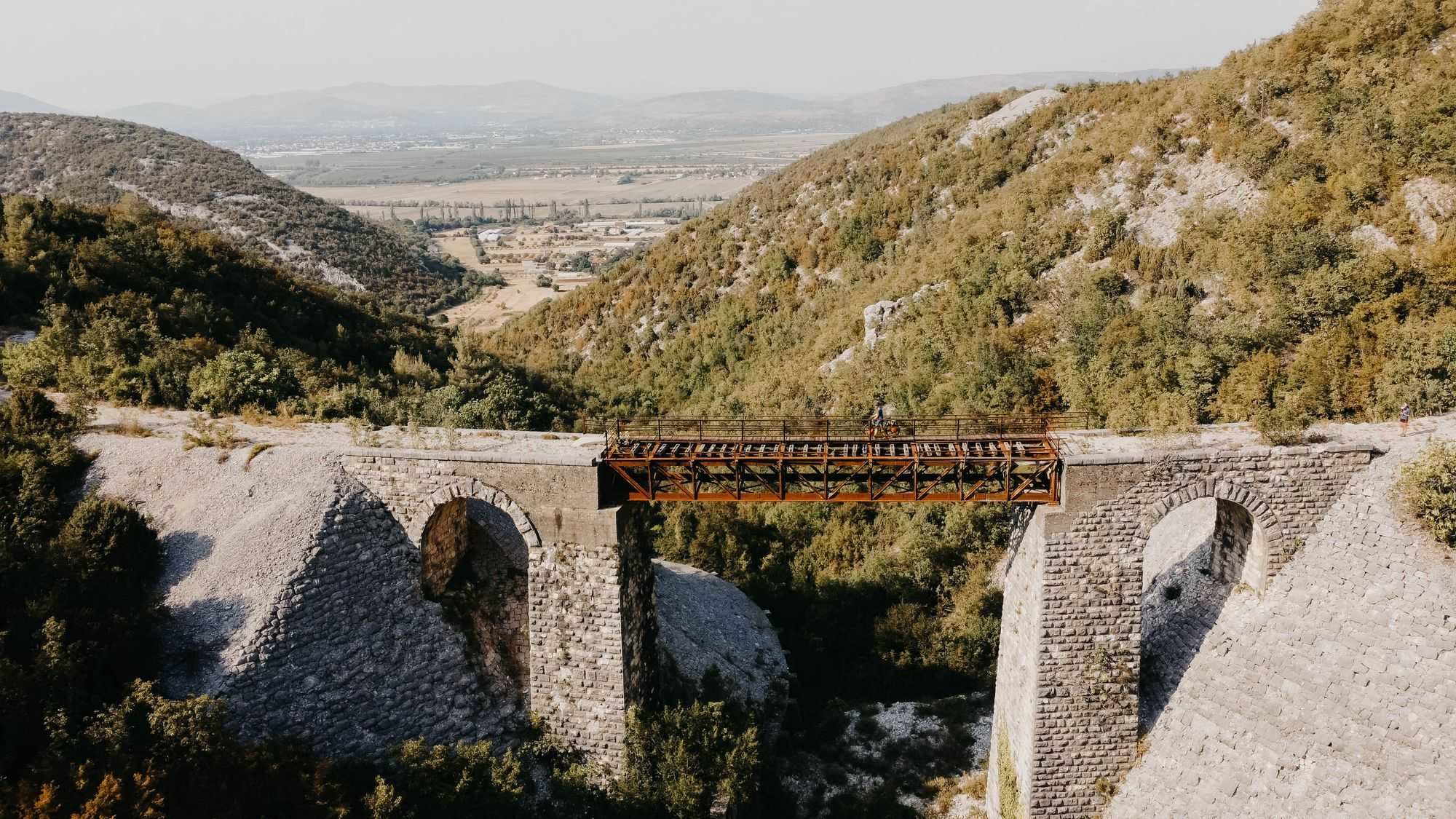
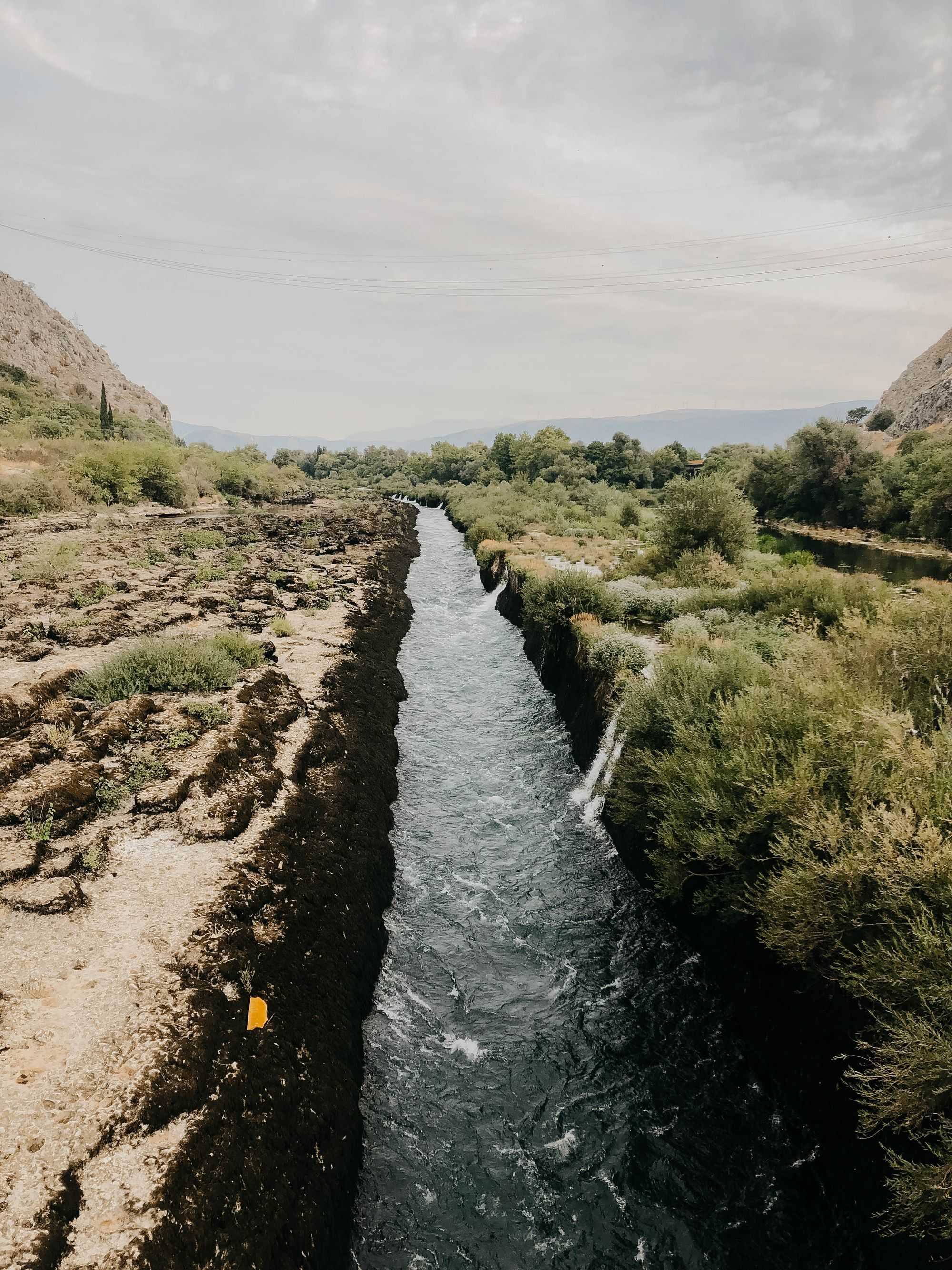
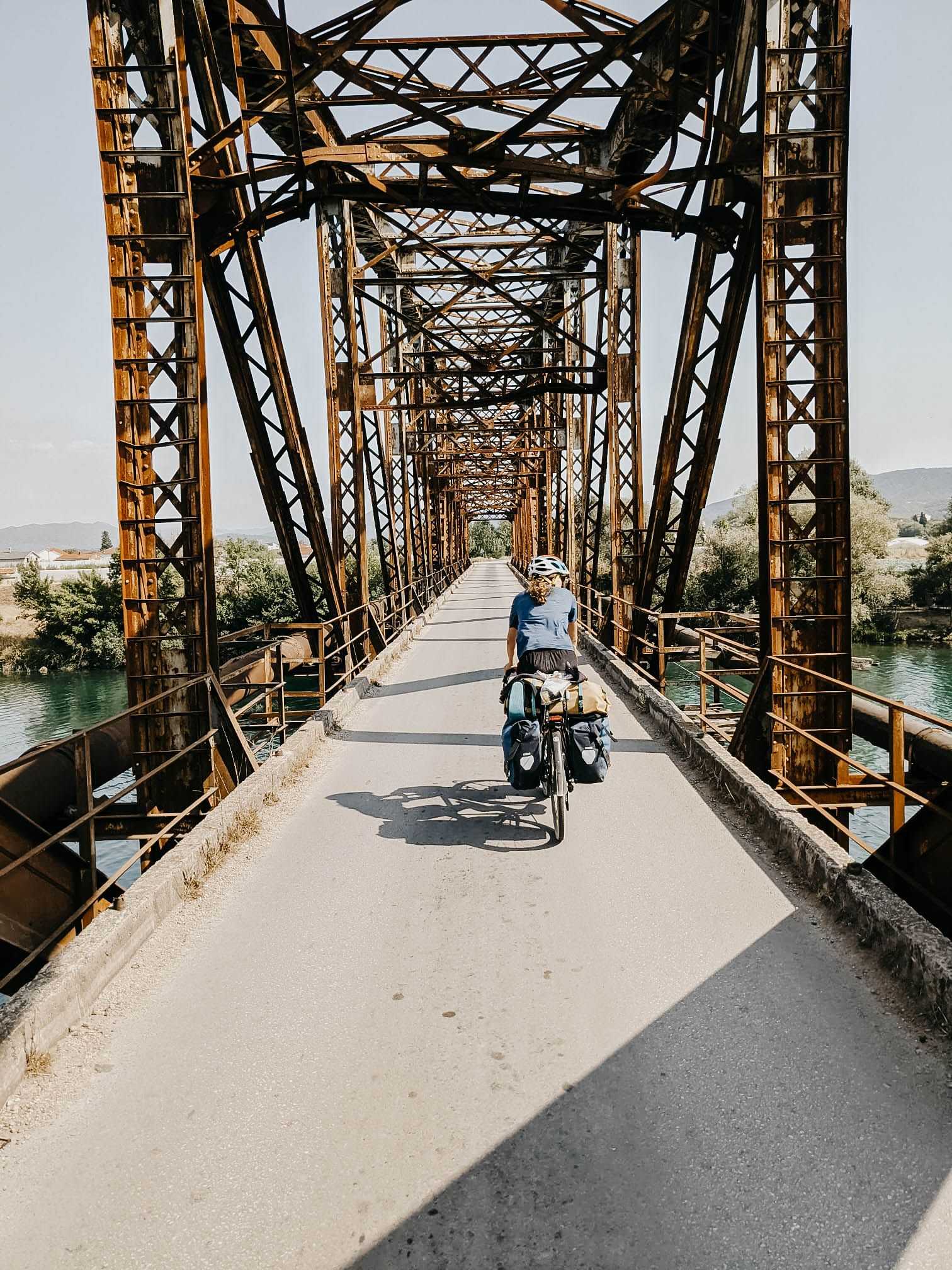
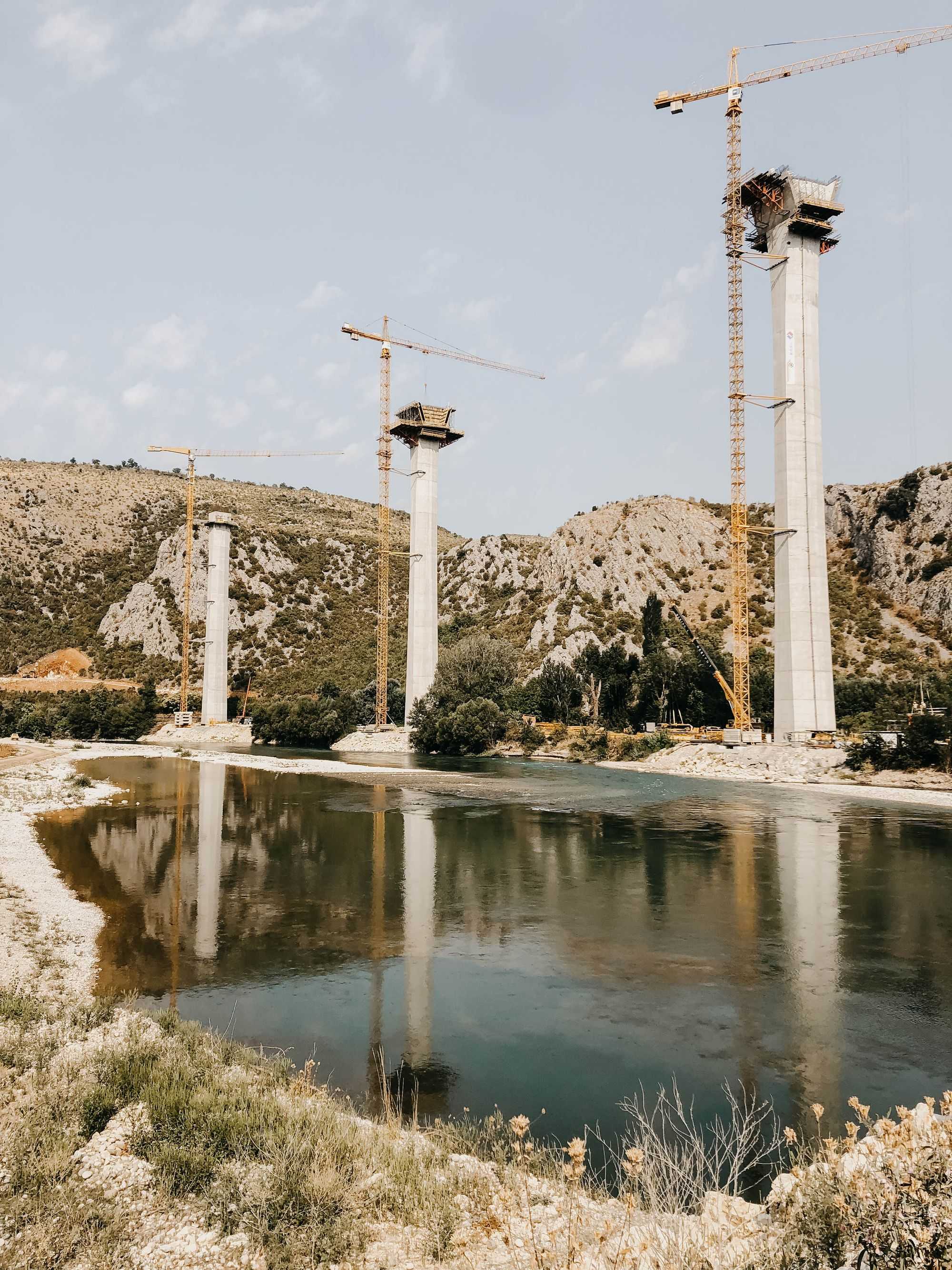
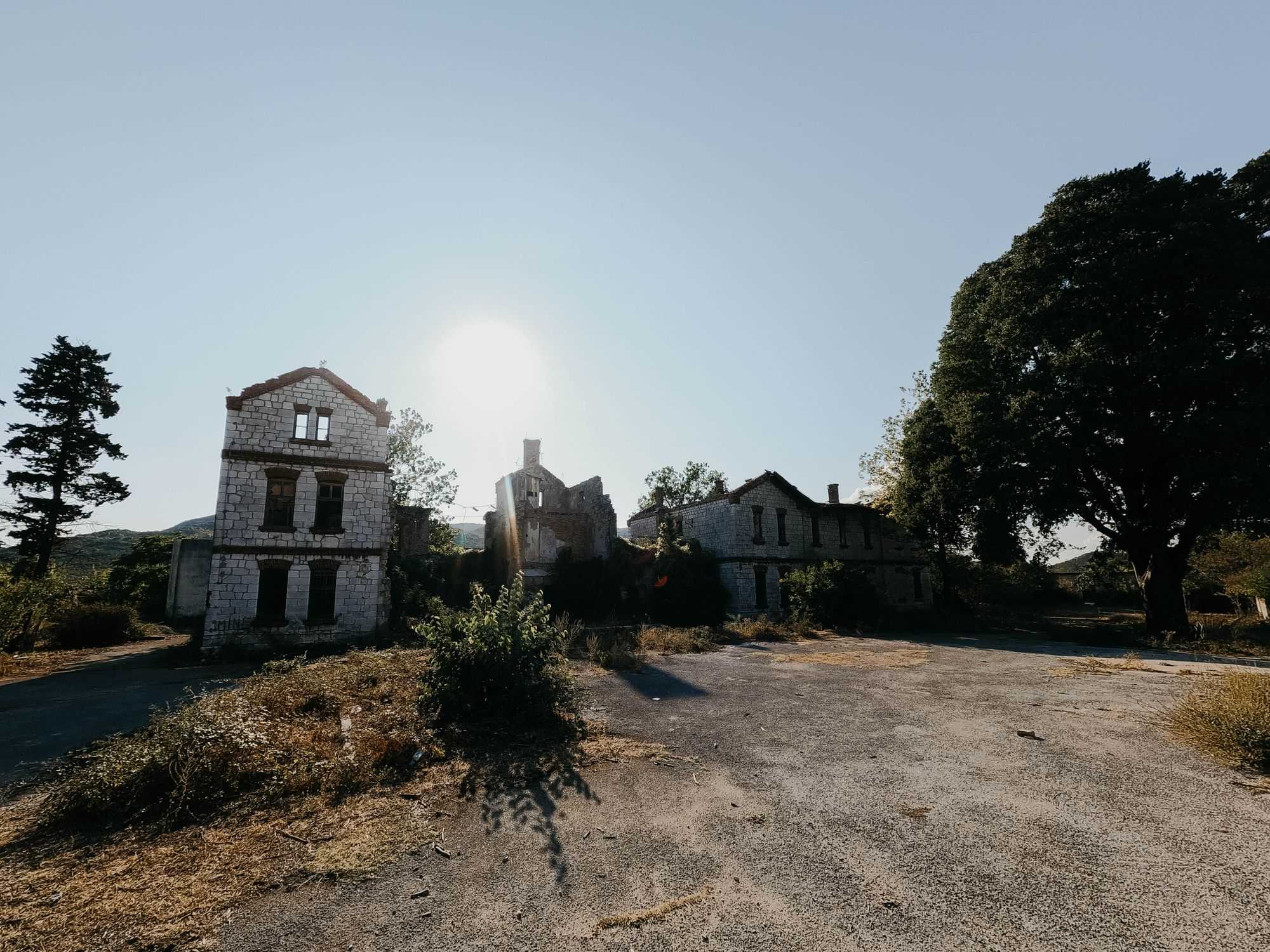
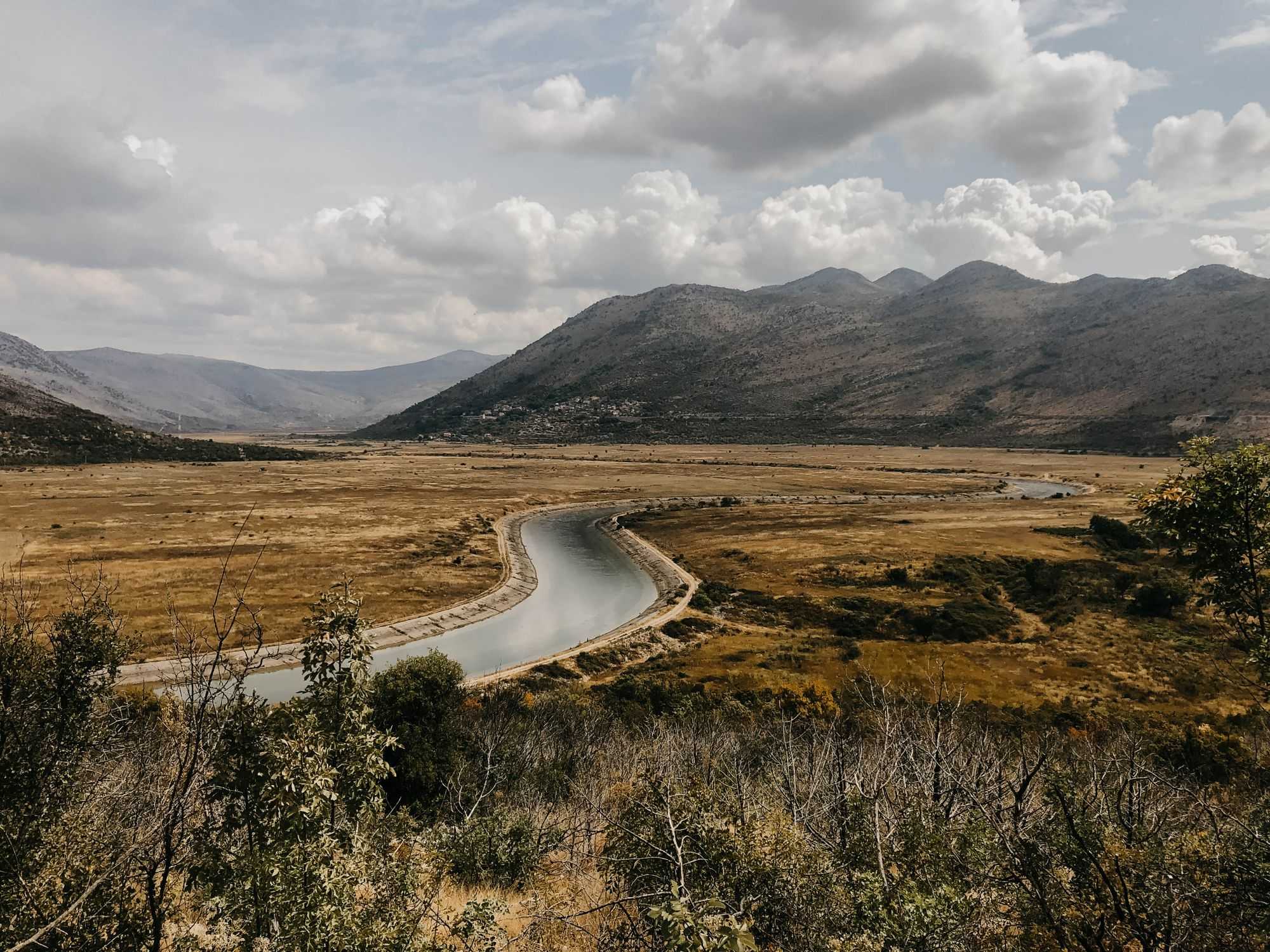
On the way we are again richly gifted with bread, melons, a glass of schnapps etc. and many friendly waving people. So our short detour to Bosnia-Herzegovina remains in our best memory.
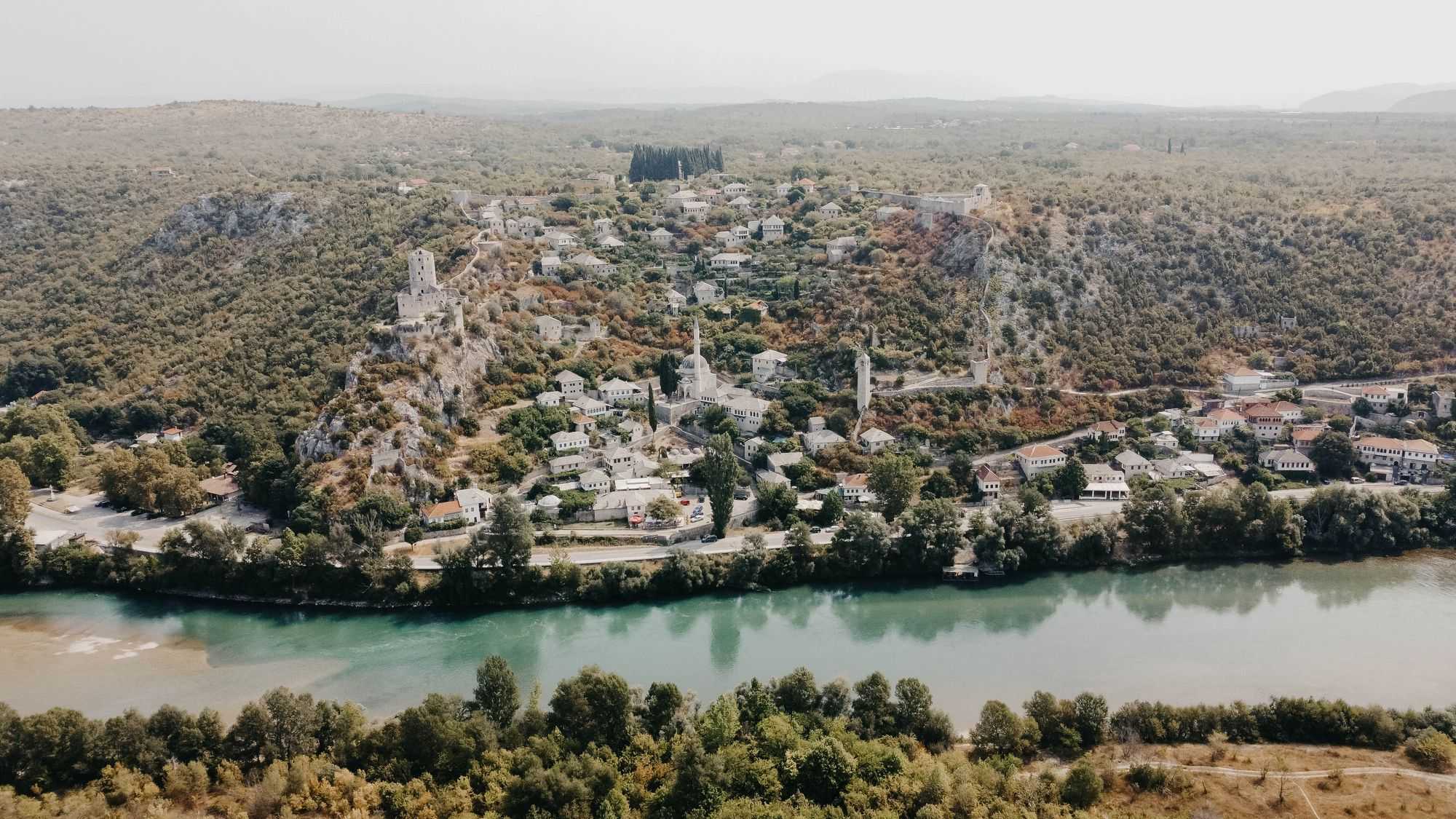
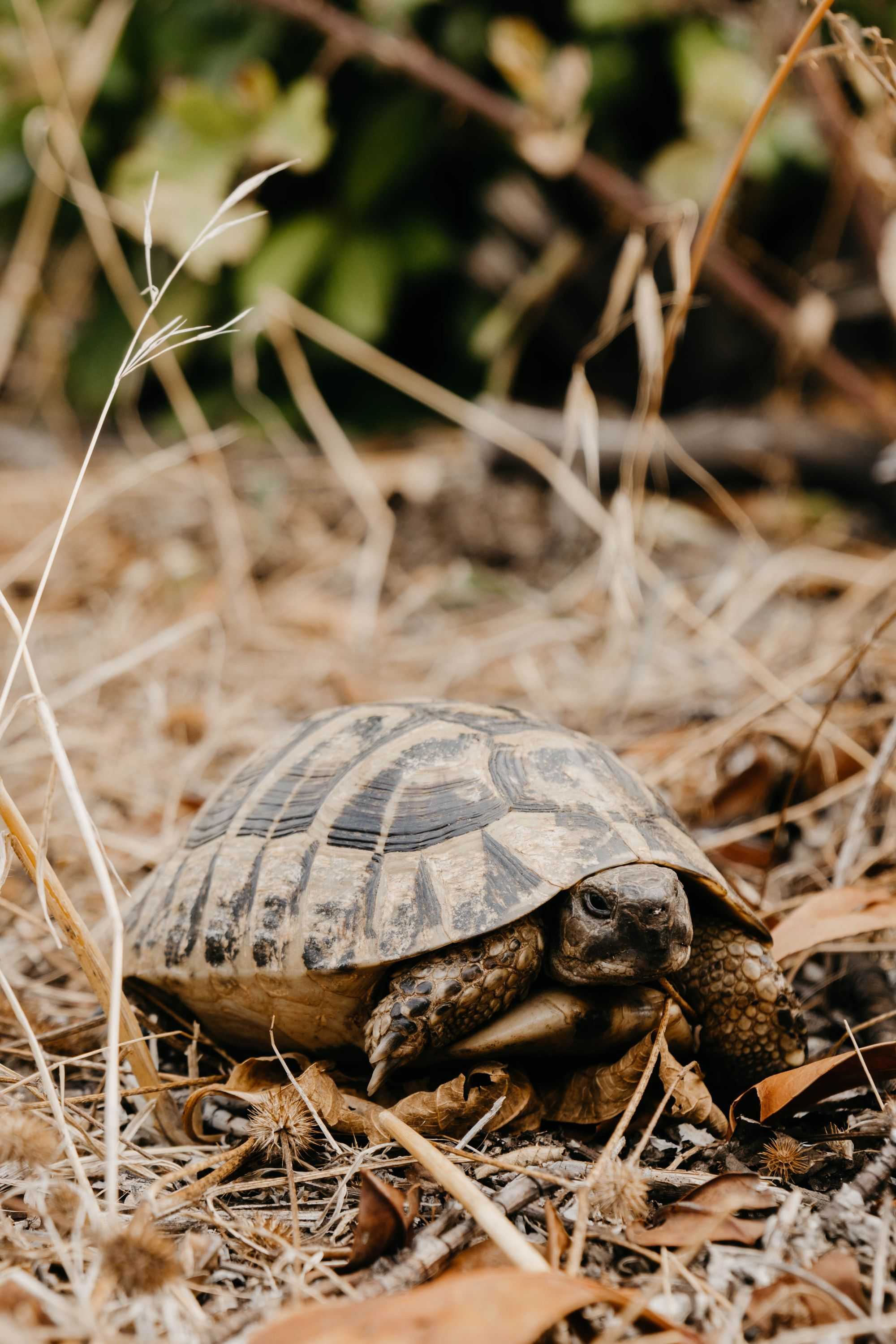
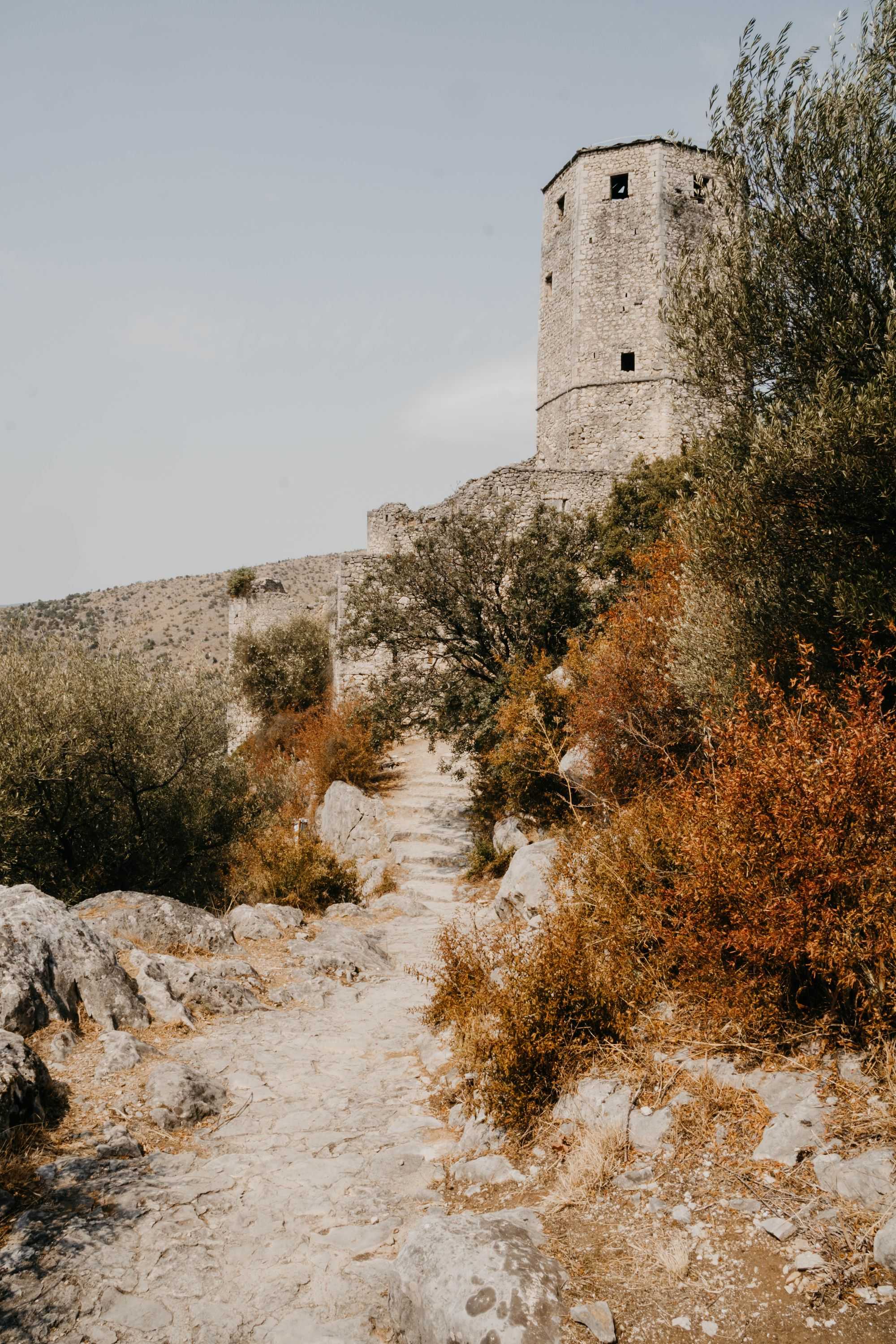
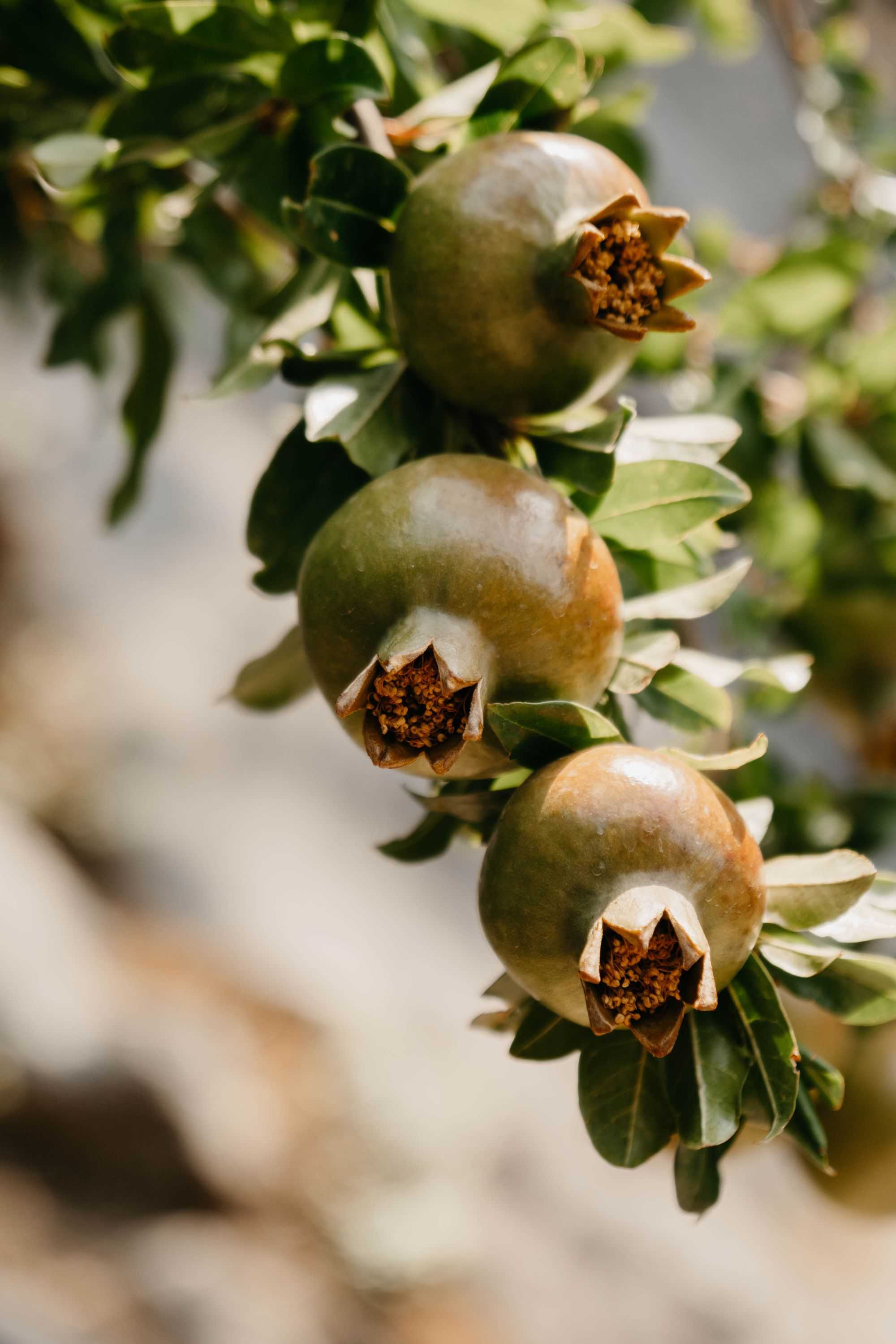
We cross the border and are back on Croatian soil. We head for the sea to Dubrovnik. We have had this city in mind for a long time. It is probably known to many, at least since "Game of Thrones". Before we reach our accommodation, we are once again drenched by heavy rain. We spend the night in a simple room and live in the apartment with our hostess. The elderly lady is cordial, but doesn't speak a word of English. But with hands, feet and Google Translator we get along just fine.
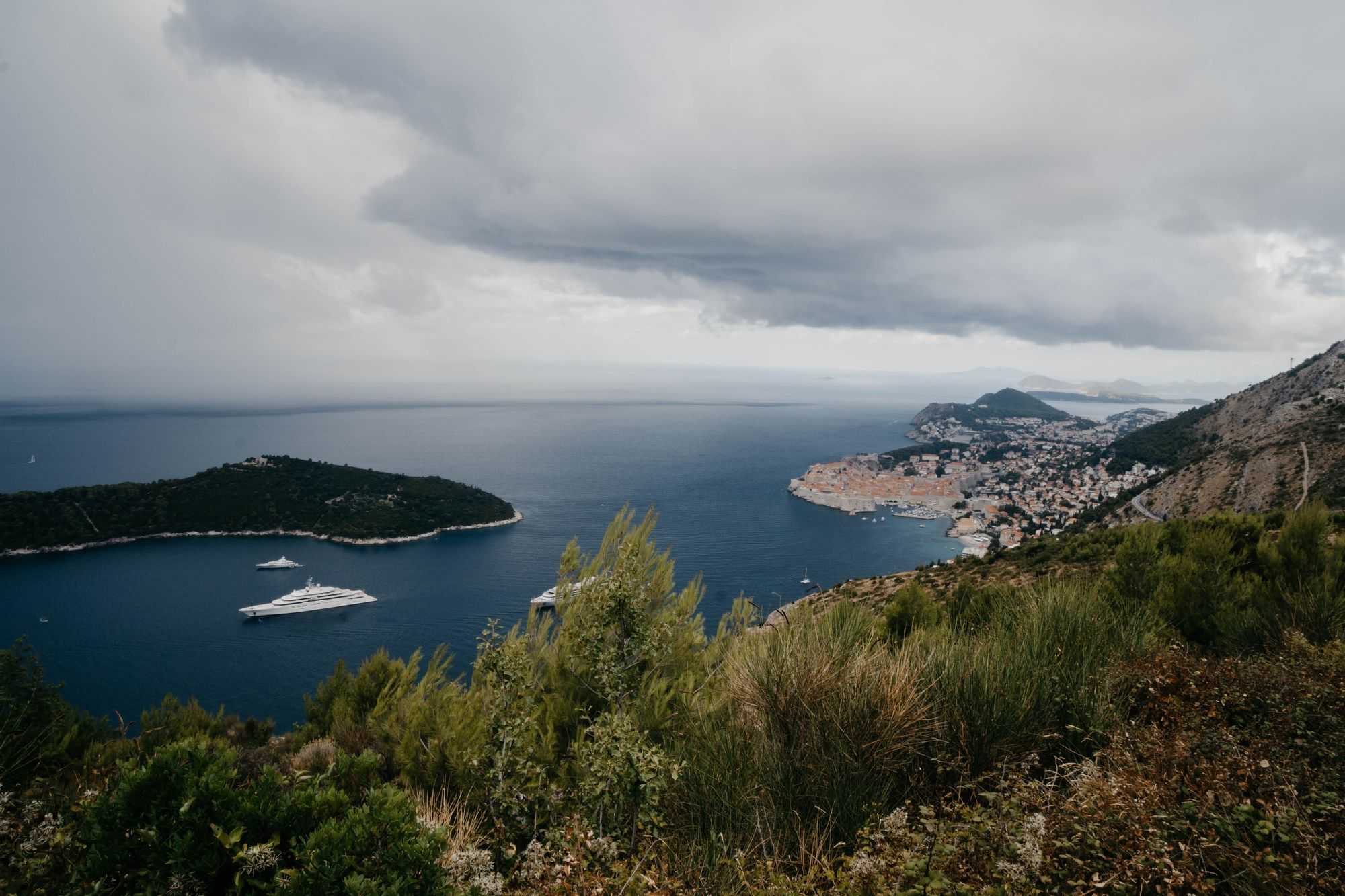
Dubrovnik is once again an absolute tourist magnet and understandably so. Neither of us has ever seen such a beautiful and well-preserved old town with a completely intact city wall. It's not surprising that the city has been the backdrop for many films. We stroll over the city wall and through the alleys, amazed at the prices (suddenly the cappuccino costs Fr. 5.- instead of Fr. 1.50 as usual) and amused by posing tourists. Last but not least, Michael Jordan crosses our path, after we had previously observed how several 100 Euros were paid for the wine that was brought to his yacht. Well, he is probably on holiday with a slightly higher budget than we are. And then it was time to say goodbye to Dubrovnik. We take our bycicles through the streets early in the morning. Now it looks very different here. Millers and delivery trucks make the city ready for the coming day, tourists are hardly to be seen.
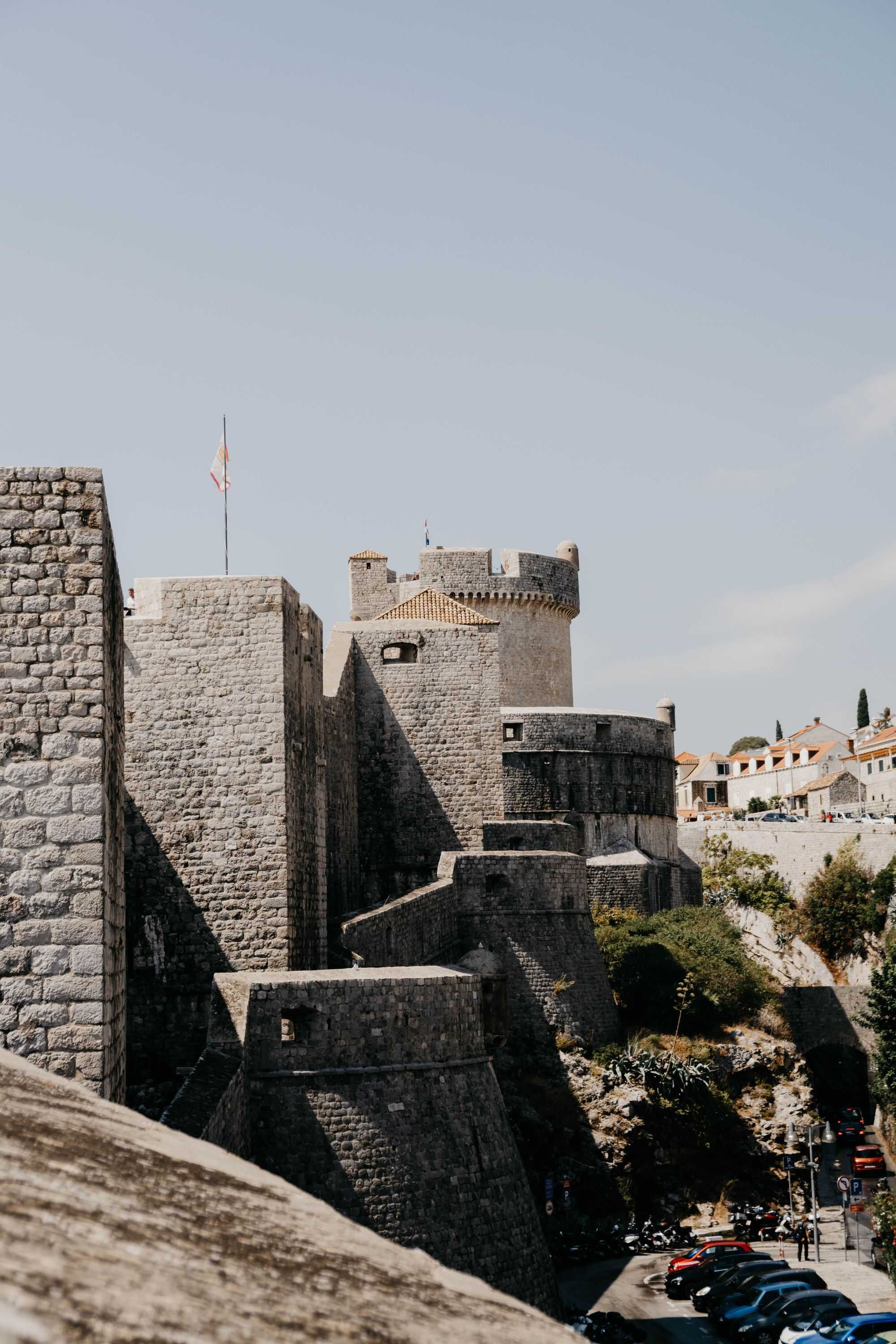
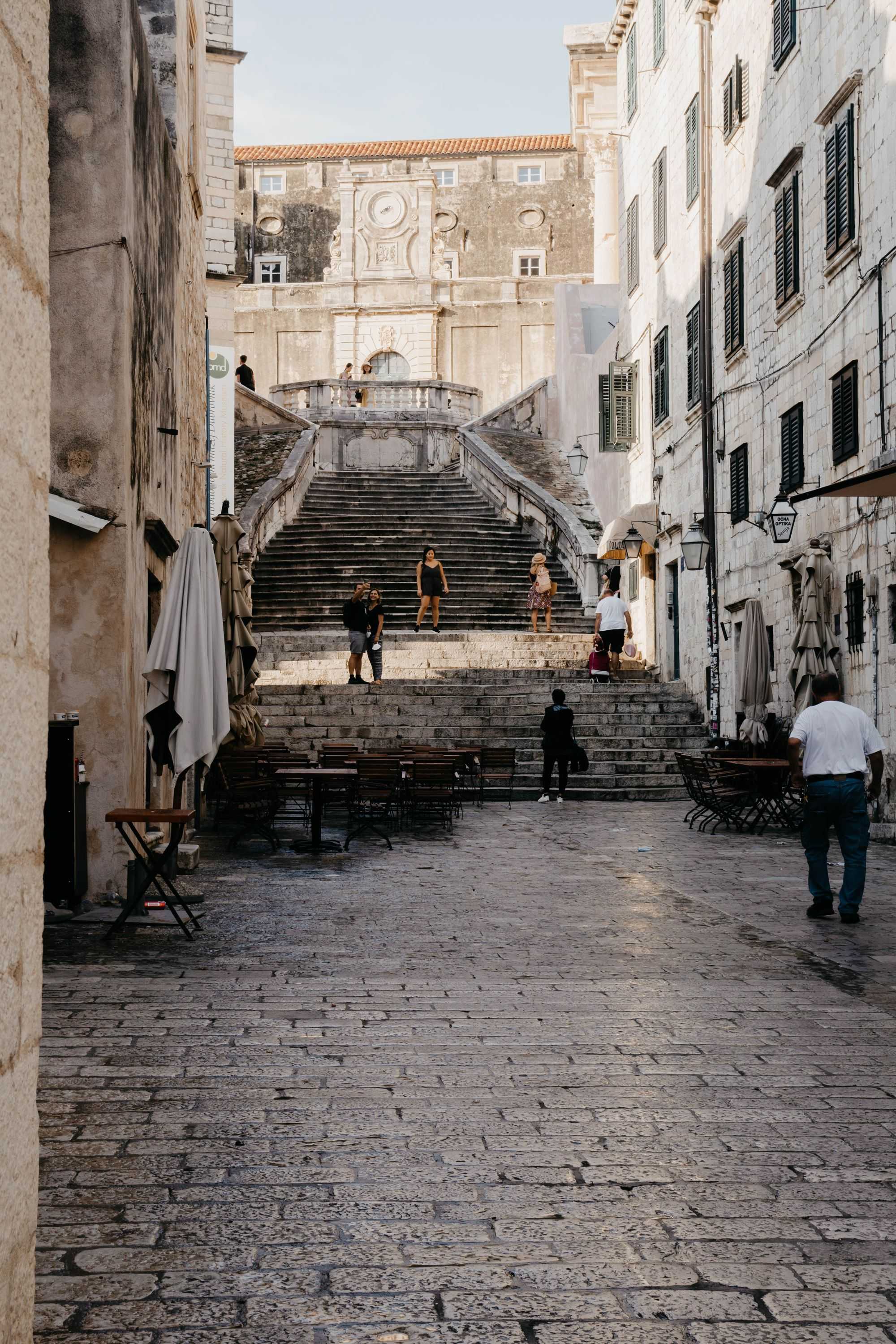
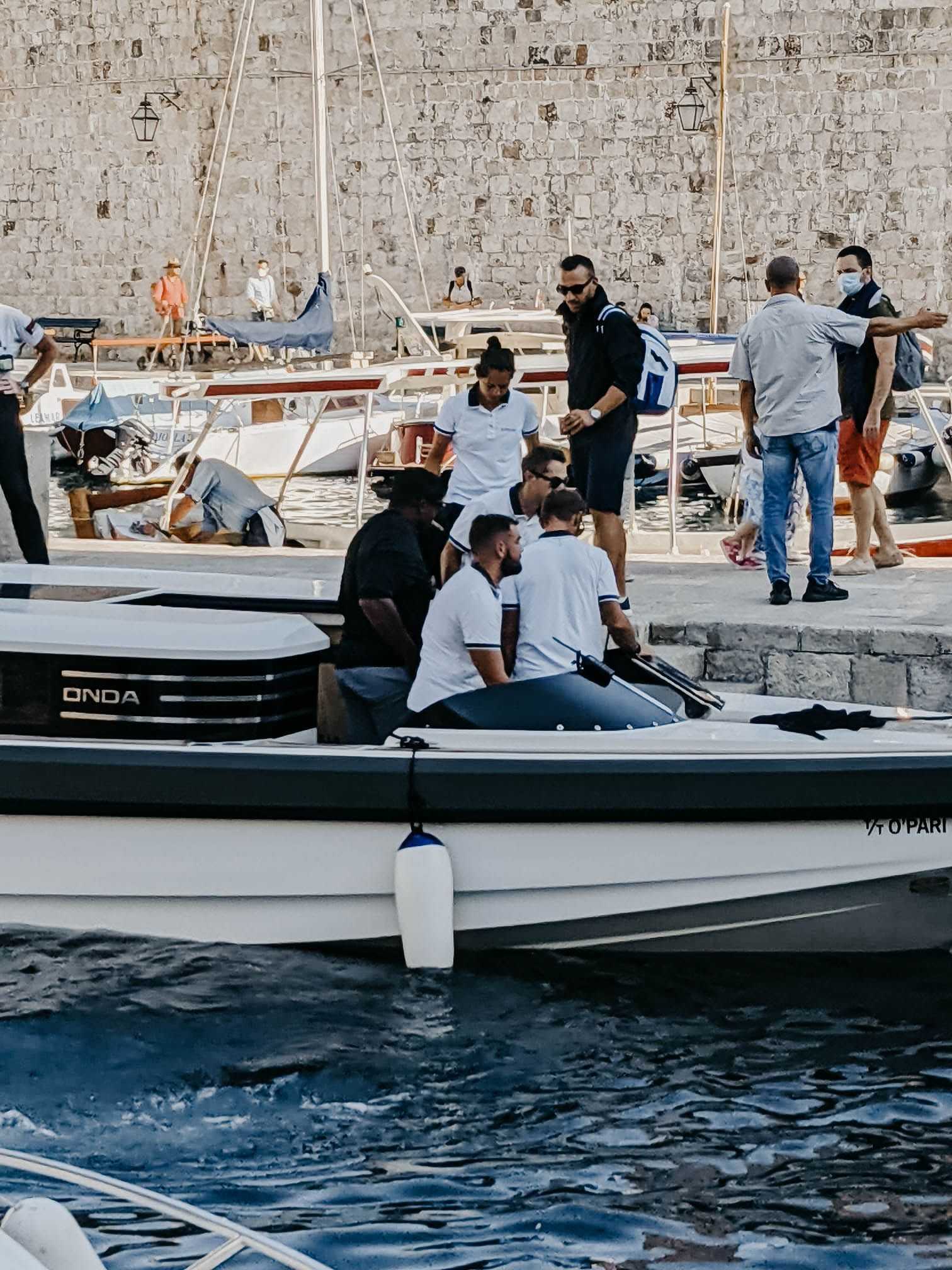
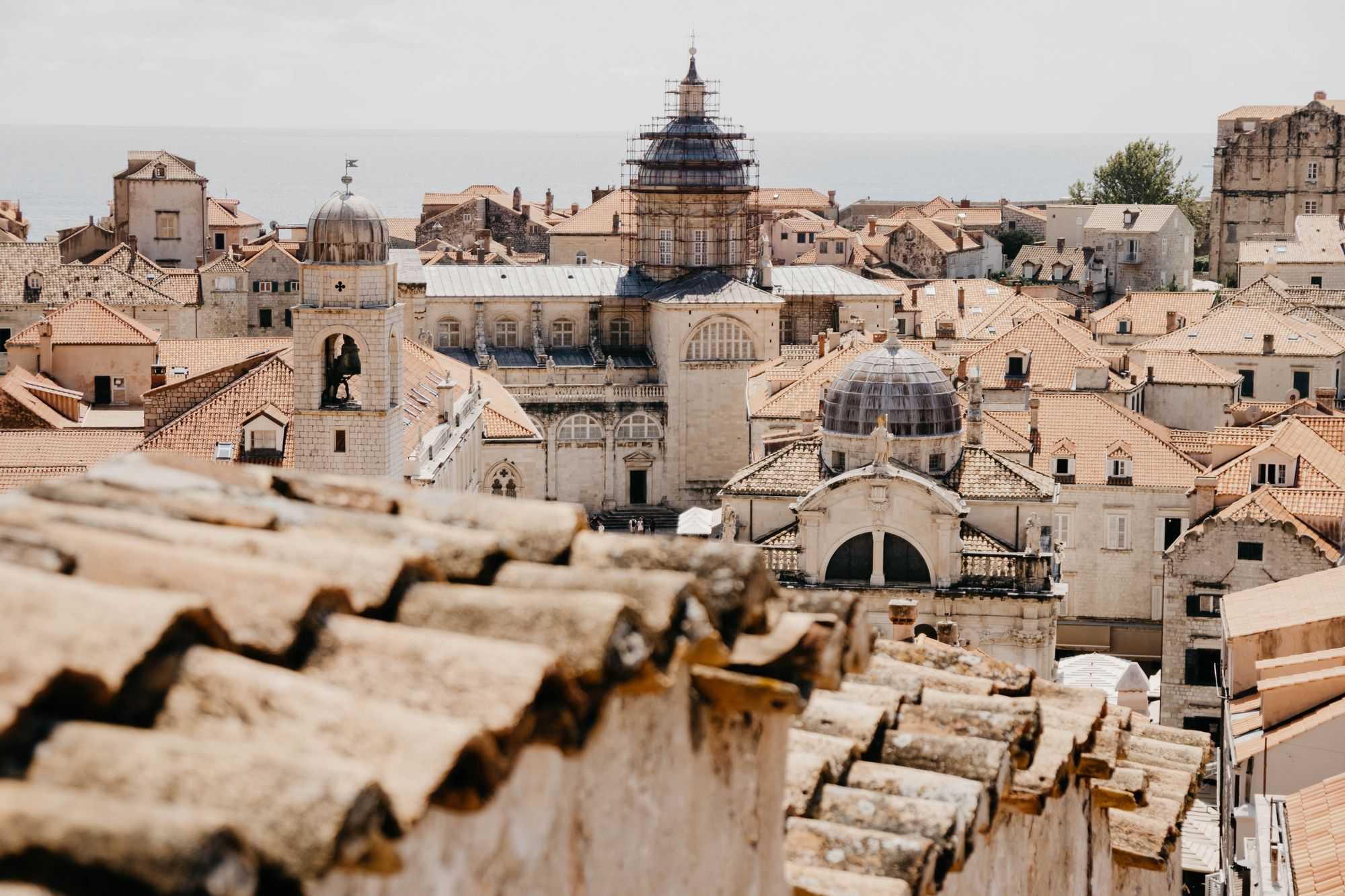
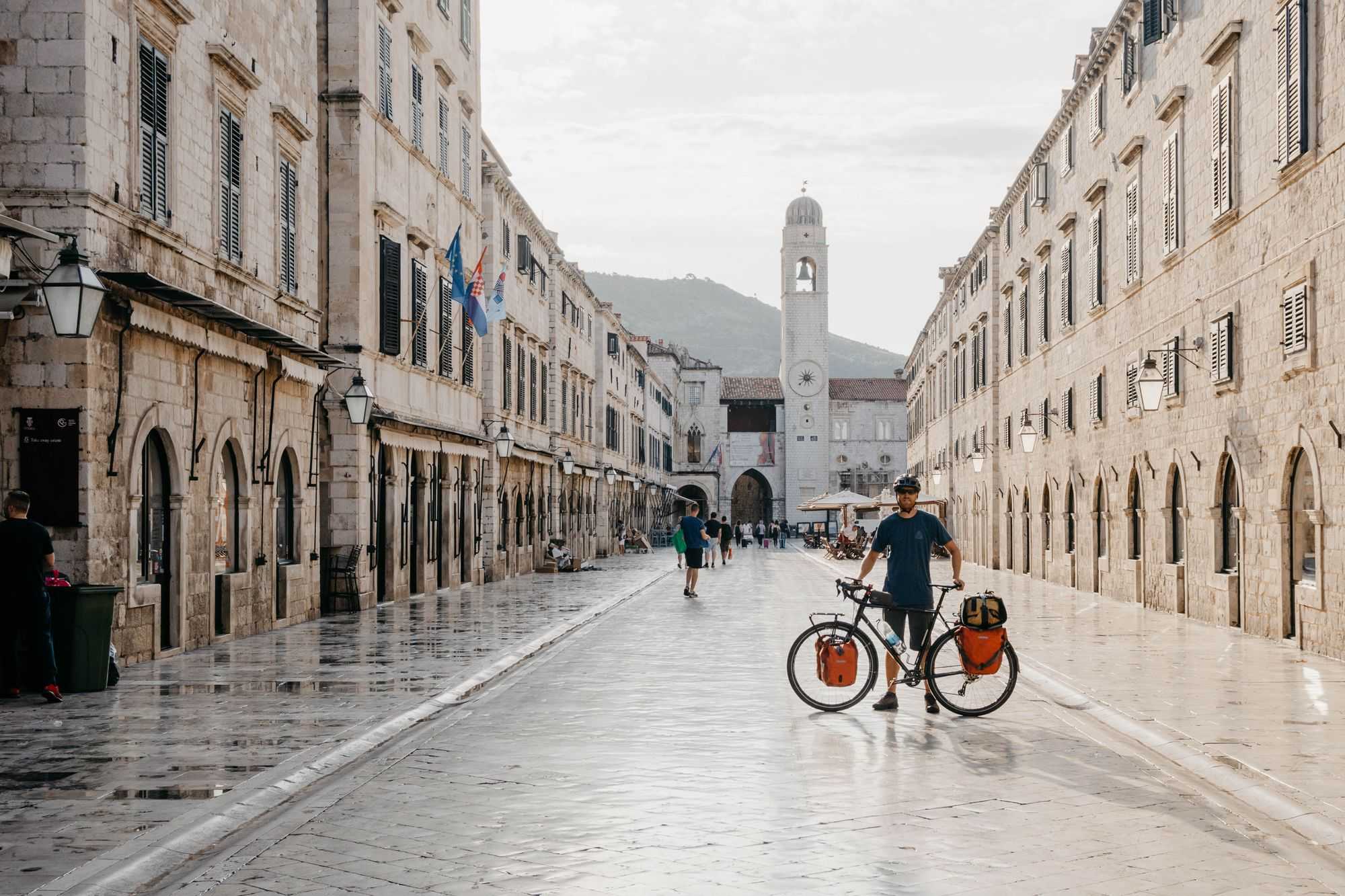
To save a few kilometres in the saddle we take the boat to Cavtat. What was supposed to be a peacefull 45-minute boat ride but it turns out to be the opposite. The sea is still restless as we are in the middle of a thunderstorm and we really feel it. Sara doesn't find it very funny with this swell on the boat and is glad as we reach our destination. It turns out that the captain is reliefed too. He asks us if everything is OK as it was a difficult crossing. Our boat is the last one to leave for the moment, the sea is too rough...
Our Croatia adventure ends at the southernmost tip of the mainland, where we pitch our tent for the last time. And we are especially grateful for it again this evening, because it withstands another heavy thunderstorm.
Goodbye Croatia, we will gladly come again.